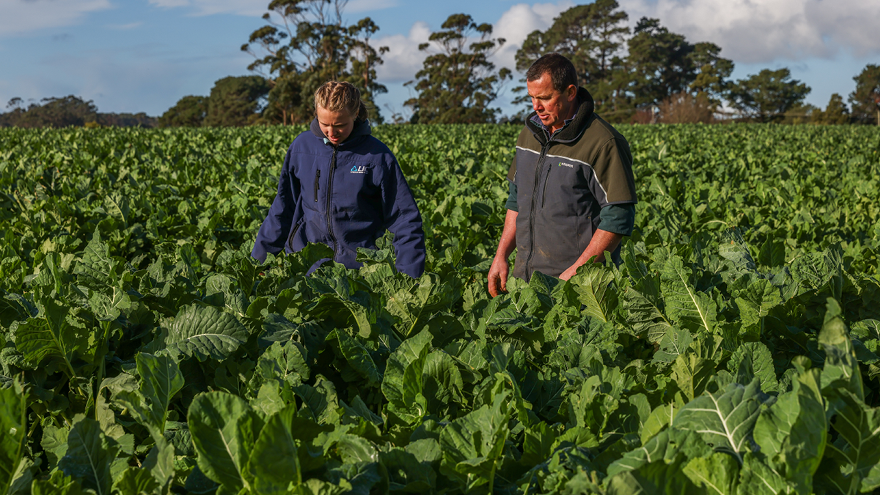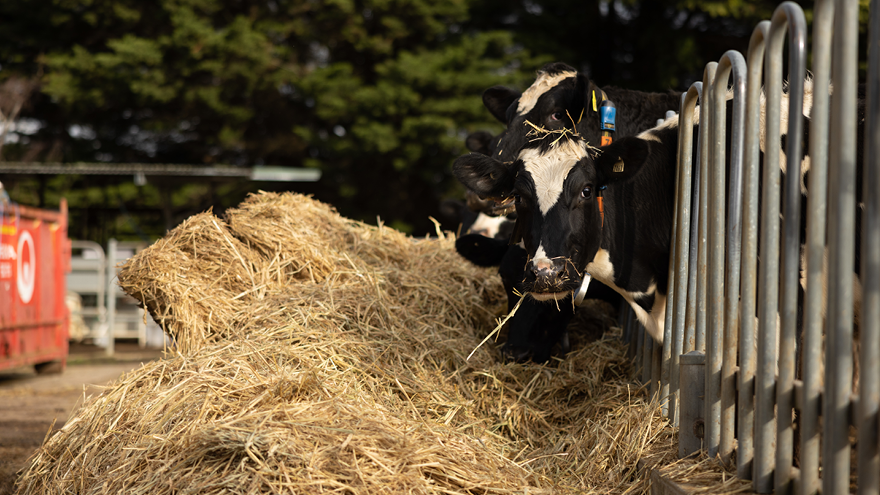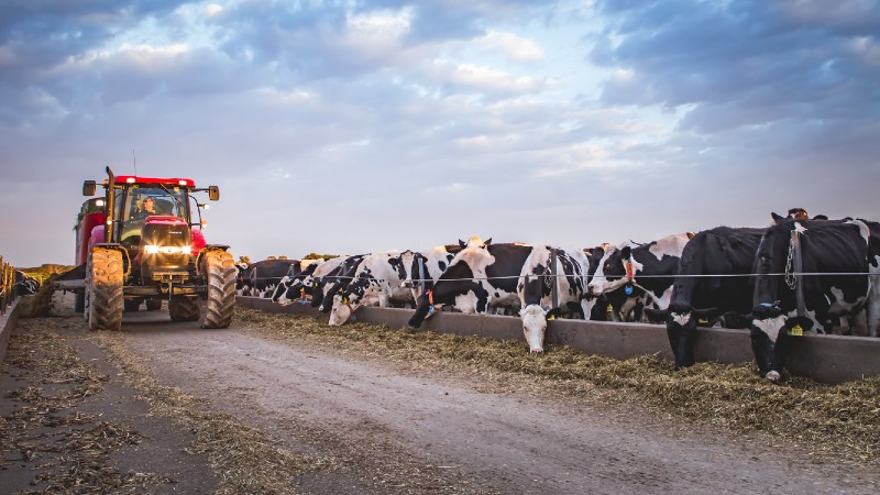
Feeding & Farm Systems
Dairy Australia drives herd and feed innovation by delivering outcomes from research and provides insights to support decision making on feeding and farm systems.
Information and resources support dairy farmers with managing their feeding and farm systems, including pastures, crops, feed supplements and nutrition management. Discover more below.





